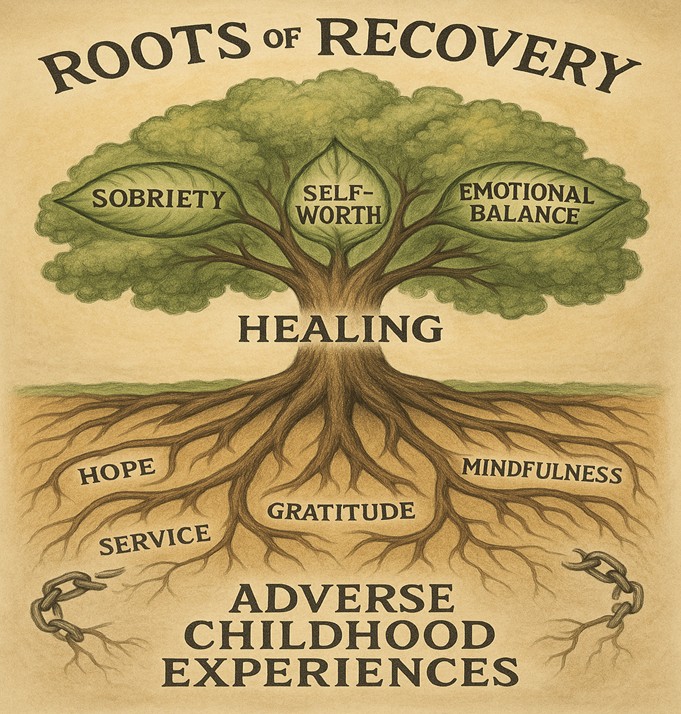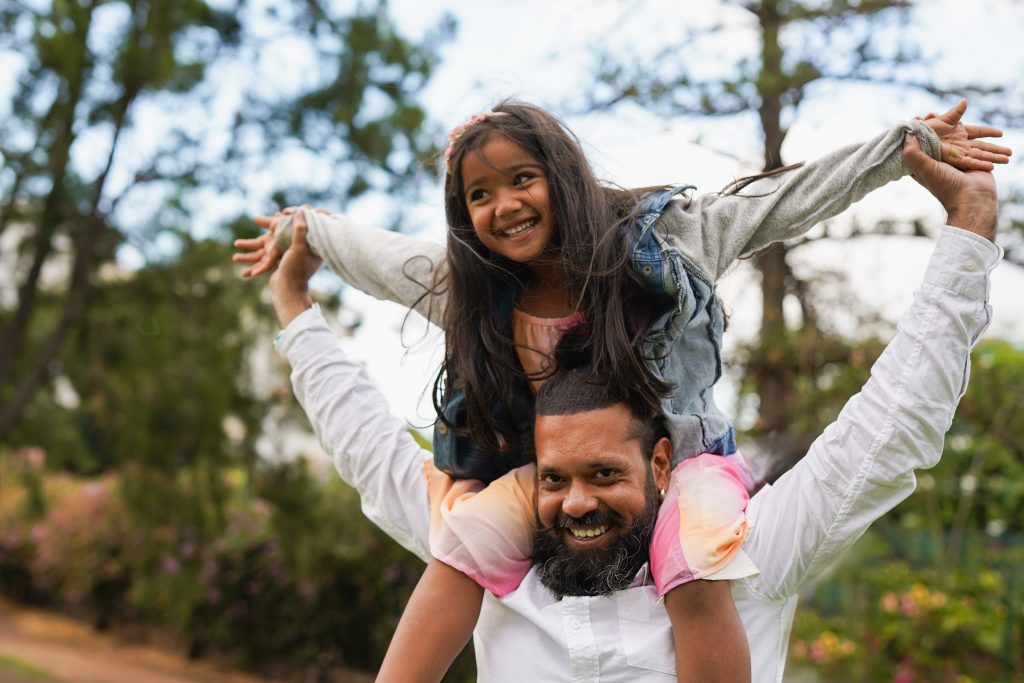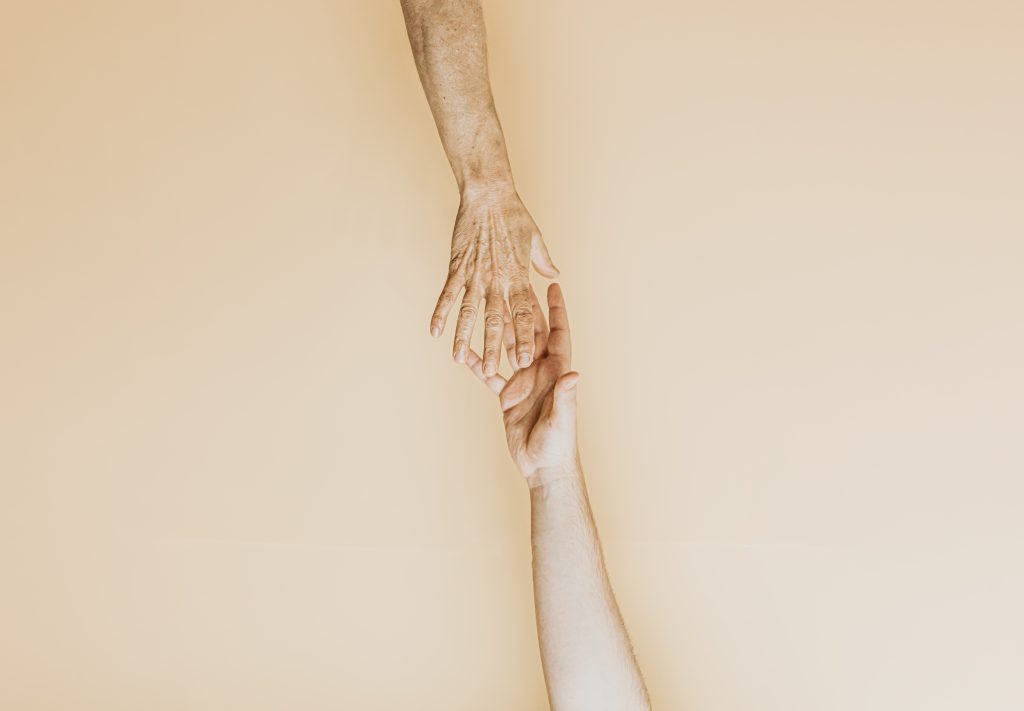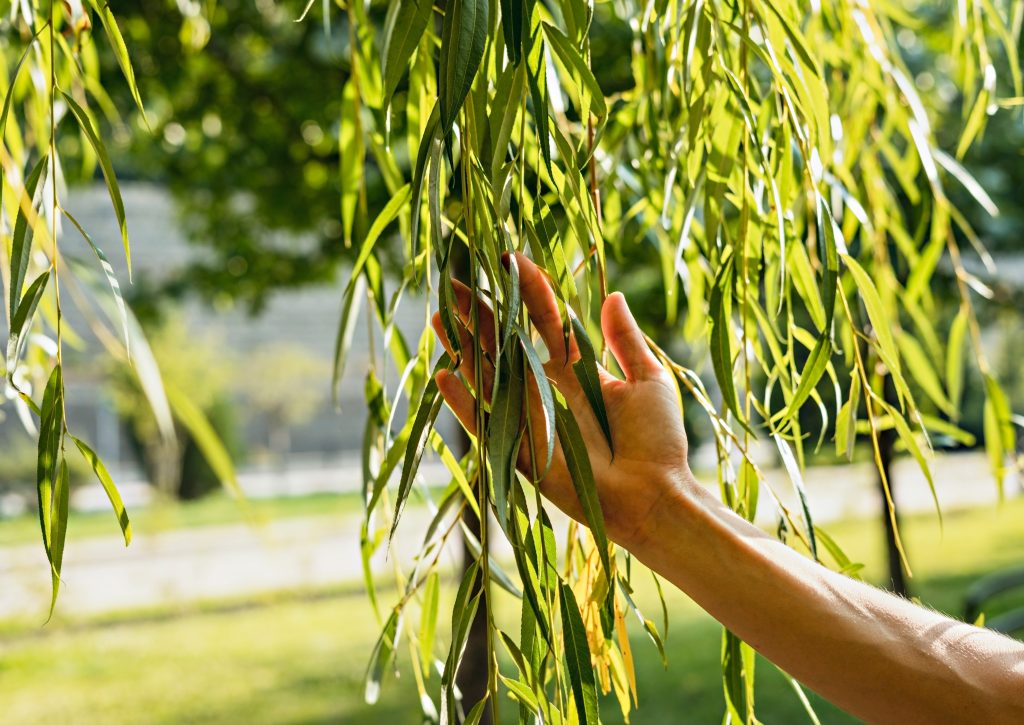ACE’s Module:
“I am not what happened to me, I am what I choose to become” Carl Jung
Beneath the Surface: ACEs, Trauma, and the Truth That Heals
Part One: What Are ACEs?
ACEs — Adverse Childhood Experiences — are not just buzzwords. They are the hidden wounds that shape our nervous systems, beliefs, relationships, and the way we respond to the world. They are also incredibly common, approximately 64% of adults have at least one ACE, and approximately 17% have at least four or more. If addiction is the storm, ACEs are often the shifting fault lines beneath the surface. Most of us carry more than we ever said out loud — this section will help us name it, face it, and begin the long, slow walk toward healing.
The ACE questionnaire below includes ten of the most commonly reported types of childhood trauma. Each ‘yes’ counts as one point toward your total ACE score. This isn’t a test you pass or fail — it’s a reflection tool. Take your time. Breathe. Answer honestly and gently.
1. Did a parent or other adult in the household often or very often swear at you, insult you, put you down, or humiliate you? Or act in a way that made you afraid that you might be physically hurt?
Yes_____ No_____
2. Did a parent or other adult in the household often or very often push, grab, slap, or throw something at you? Or ever hit you so hard that you had marks or were injured?
Yes_____ No_____
3. Did an adult or person at least 5 years older than you ever touch or fondle you or have you touch their body in a sexual way? Or attempt or actually have oral, anal, or vaginal intercourse with you?
Yes_____ No_____
4. Did you often or very often feel that no one in your family loved you or thought you were important or special? Or that your family didn’t look out for each other, feel close to each other, or support each other?
Yes_____ No_____
5. Did you often or very often feel that you didn’t have enough to eat, had to wear dirty clothes, and had no one to protect you? Or that your parents were too drunk or high to take care of you or take you to the doctor if you needed it?
Yes_____ No_____
6. Were your parents ever separated or divorced?
Yes_____ No_____
7. Was your mother or stepmother: often or very often pushed, grabbed, slapped, or had something thrown at her? Or sometimes, often, or very often kicked, bitten, hit with a fist, or hit with something hard? Or ever repeatedly hit over at least a few minutes or threatened with a gun or knife?
Yes_____ No_____
8. Did you live with anyone who was a problem drinker or alcoholic, or who used street drugs?
Yes_____ No_____
9. Was a household member depressed or mentally ill, or did a household member attempt suicide?
Yes_____ No_____
10. Did a household member go to prison?
Yes_____ No_____
Total Score __________
Part II: Understanding Your ACE Score — What It Means, and What Comes Next
Before we talk numbers, let’s get one thing straight: your ACE score is not a life sentence. It’s a flashlight — not a fingerprint. It tells us where the wounds might be. It does not define the warrior you are.
“The story you were handed is not the story you have to keep telling.”
So you’ve tallied your ACE score. Now what? First, take a breath. This isn’t a sentence—it’s a story, and the next chapter hasn’t been written yet.
The ACE score is a guide, not a guarantee. But the research is clear: the more ACEs someone experiences, the higher the risk for long-term physical and mental health issues, including:
• Heart disease
• Stroke
• Diabetes
• Depression
• Anxiety
• Addiction
• Relationship difficulties
• Poor academic or job performance
• Chronic pain and autoimmune disorders
• Early death
But here’s what else is true: Healing is possible. Neuroplasticity means your brain can change. You are not broken—you are wounded, and wounds can heal. This is the hope embedded in recovery. The same science that identifies the risks of ACEs also tells us what can help reverse them: safe relationships, meaningful support, daily practices that calm your nervous system, and honest conversations that help you name what happened.
High ACE scores may correlate with addiction—but they don’t define your destiny. With support, education, and recovery tools, people with high ACE scores can live rich, meaningful, and connected lives.
As the saying goes: “Your trauma may not be your fault, but your healing is your responsibility.”
What Your Score May Suggest
ACE Score 0–3
Lower scores are associated with fewer trauma-related health risks. However, this doesn’t mean your experience isn’t valid. You may still struggle — and you still deserve support and healing.
ACE Score 4–6
This range suggests increased vulnerability to emotional, physical, and behavioral health challenges. These might include anxiety, depression, addiction, or chronic stress-related illnesses. But here’s the good news: healing changes the brain. Intervention, community, and compassion can radically shift your trajectory.
ACE Score 7–10
This is a high score — and it often reflects deep and repeated wounds. People with high ACE scores are at elevated risk for substance use disorders, PTSD, heart disease, and shortened lifespan. But remember this: the research also shows that even ONE caring adult, ONE healing relationship, ONE moment of safe connection can reverse the tide.
Reflection Prompts
– When you think about your ACE score, what surprised you?
– What strengths have you developed because of what you’ve lived through?
– Who in your life now — or in your past — has helped you feel safe, seen, and supported?
“You are not broken. You are breaking through.”
Part III: Reflection and Exercises
Now that you’ve taken your ACEs questionnaire and understand the science behind it, we invite you to step gently into the work of healing. This section is about reflection, resilience, and re-connection — not with a broken version of yourself, but with the part of you that endured. The part that made it through.
As the poet Khalil Gibran once said, ‘Out of suffering have emerged the strongest souls; the most massive characters are seared with scars.’
Each exercise below is an invitation. Some will be simple. Some may feel tender. You are not required to rush. The only requirement is honesty and kindness — especially toward yourself.
Reflection Exercise 1: Looking Back to Move Forward
Think back on one event from your childhood that still feels ‘loud’ in your body. It might not be the worst. It might just be the one you remember most often. Without rushing to fix or explain it, write it down. Describe what happened — and how you felt then. Now describe how you feel about it today.
_____________________________________________________________
_____________________________________________________________
_____________________________________________________________
_____________________________________________________________
Reflection Exercise 2: What I Wish I Could Tell My Younger Self
Imagine sitting next to the younger version of yourself — the you who went through those early wounds. What would you say to them now? What do they deserve to hear, maybe for the first time?
_____________________________________________________________
_____________________________________________________________
_____________________________________________________________
_____________________________________________________________
Mini-Practice: Resilience Reframe
List three ways you adapted, survived, or found your way forward despite the pain. These are not signs of weakness — they are proof of your resourcefulness. Even if the coping wasn’t healthy, acknowledge the intention underneath it: survival.
1. _____________________________________________________________
2. _____________________________________________________________
3. _____________________________________________________
🔜 Optional Additions (If You Want to Go Deeper)
Reflection Questions
• What My ACEs Don’t Define About Me
• Moments of Strength I Forgot to Count
• The People Who Helped Me Keep Going
• Journaling Prompt: “When did I first realize I was stronger than my story?”
Protective Practices
Daily habits and rituals that build resilience can make an enormous difference in long-term recovery and well-being. These include:
• Regular sleep routines (7–9 hours per night)
• Connection with safe people and support groups
• Acts of service and kindness to others
• Mindfulness practices (breathing, grounding, meditation, nature walks)
• Physical movement (walking, yoga, light stretching)
• Limiting exposure to overwhelming media or toxic environments
Personal Story Integration
Including a short story about your own experience with trauma and healing can help others feel seen. Your vulnerability creates a bridge.
Example:
For many years, I didn’t realize how much my early trauma was still running the show. My choices, fears, and relationships were shaped by something I had buried deep. When I finally faced it, with support and guidance, the fear lost its grip. I spoke the pain out loud in a safe space, and it began to loosen. Now, I get to help others name their pain and reclaim their peace. Recovery isn’t a straight line, but it is possible. Always.
Visuals / Infographics
• ACE Pyramid: A diagram that shows how adverse experiences in early life lead to disrupted development, risky behavior, and later-life disease.

• Trauma Tree: A tree graphic where the roots represent ACEs, the trunk represents coping mechanisms (both harmful and helpful), and the branches/leaves represent outcomes and recovery.

• Roots of Recovery: A visual linking early trauma (roots), coping and survival (trunk), and healing practices (branches/leaves).

“Until you make the unconscious conscious, it will direct your life and you will call it fate.” – Carl Jung
I think this happens to many of us who have struggled with significant trauma. Often times what happens is our brain will create a “black hole” in our memories and we do forget about the trauma. We don’t actually forget but it is no longer in our conscious mind. For me, I went through a majority of my life making choices and decisions based on something I didn’t remember. It wasn’t until I decided to kick the door down on this old stuff and shine some light on it that it wasn’t so scary and I was able to speak it out loud in front of someone else. This is how healing happens.s
Please remember that it is always best to get professional help and be guided by experts. The difficult thing about working through this on our own is that when we open one door other doors that we may have forgotten about will open as well. A therapist can prepare you for this and help you in the walk down your healing path. This whole journey, for me, has been a mission of singular purpose to share that healing is possible and recovery is possible, and a full and healthy life is possible.
Always remember to be good to you my friends,
Patrick




